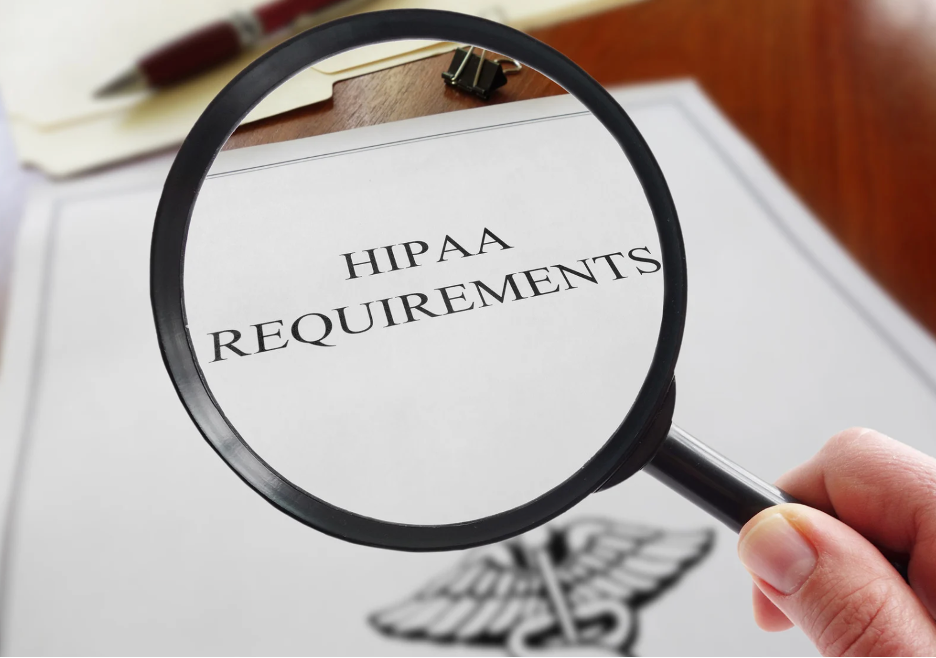Occupational Safety and Health Administration (OSHA) regulations are crucial in maintaining a safe and healthy work environment, where risks are prevalent. Conducting regular safety checks, both weekly and monthly, helps facilities stay compliant with OSHA standards and ensures the well-being of employees and patients. Here, we explore the significance, key components, and best practices for conducting these safety checks in workplace settings.
Importance of Regular Safety Checks
- Ensuring Compliance: Regular safety checks help facilities comply with OSHA regulations, avoiding potential fines and legal issues.
- Preventing Accidents and Injuries: Identifying and mitigating hazards can significantly reduce workplace accidents, protecting both staff and patients.
- Promoting a Safety Culture: Consistent safety checks reinforce the importance of a safe working environment, fostering a culture of safety within the organization.
- Improving Efficiency: By maintaining equipment and ensuring proper protocols, facilities can operate more efficiently, reducing downtime and increasing productivity.
Key Components of OSHA Safety Checks
Weekly Safety Checks
- Personal Protective Equipment (PPE): Ensure that all PPE is available, in good condition, and properly stored. Check for any wear and tear or contamination that may compromise its effectiveness.
- Emergency Equipment: Verify that emergency equipment such as eyewash stations and showers are functioning correctly and accessible when needed.
- Housekeeping: Inspect work areas for cleanliness and organization. Ensure that pathways are clear of obstructions and that waste is properly disposed of.
- Chemical Storage: Check that chemicals are stored correctly, with appropriate labeling and safety data sheets (SDS) readily accessible.
Monthly Safety Checks
- Equipment Maintenance: Conduct thorough inspections of medical and laboratory equipment to ensure they are operating correctly and safely. Schedule any necessary repairs or calibrations.
- Fire Safety: Test fire alarms and other fire safety equipment. Conduct fire drills to ensure staff are familiar with evacuation procedures. Ensure fire extinguishers are fully charged.
- Hazardous Materials: Review the handling and disposal procedures for hazardous materials, ensuring compliance with OSHA standards. Verify that all containers are properly labeled.
- Workplace Ergonomics: Assess workstations and patient handling equipment to ensure they are ergonomically sound, reducing the risk of musculoskeletal injuries.
Best Practices for Conducting Safety Checks
- Develop a Checklist: Create comprehensive checklists tailored to your facility’s specific needs. This ensures no aspect of safety is overlooked during inspections.
- Assign Responsibilities: Designate trained personnel to conduct safety checks. Ensure they are knowledgeable about OSHA regulations and the specific risks associated with the workplace environment.
- Document Findings: Keep detailed records of all safety checks, noting any issues identified and actions taken to address them. This documentation is crucial for demonstrating compliance and tracking improvements over time.
- Follow Up: Address any identified hazards promptly and conduct follow-up inspections to ensure corrective actions have been effective. Regular reviews of safety procedures and outcomes help in continuous improvement.
- Training and Education: Regularly train staff on safety protocols, emergency procedures, and the proper use of equipment. Keeping staff informed and engaged is key to maintaining a safe workplace.
Regular OSHA safety checks, both weekly and monthly, are vital to ensure the safety and well-being of employees and patients. By systematically assessing and addressing potential hazards, facilities can create a safer working environment, promote a culture of safety, and improve overall operational efficiency. Adhering to these practices not only ensures compliance with regulatory standards but also fosters a proactive approach to workplace safety.
Experience Better Healthcare Compliance
We’ve been assisting our clients with their compliance needs for over 30 years. Need a Weekly/Monthly Safety Checklist? Let us help build and maintain your OSHA and/or HIPAA program(s) so you can focus on your patients. Contact us today.



